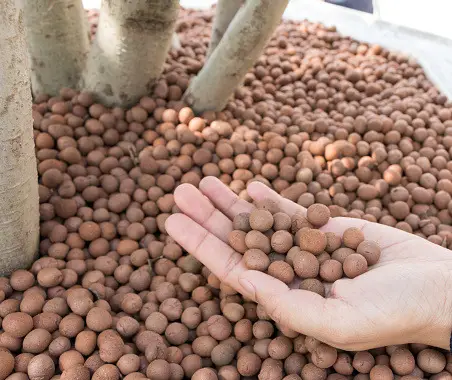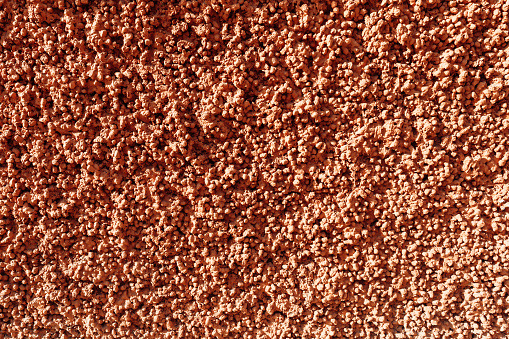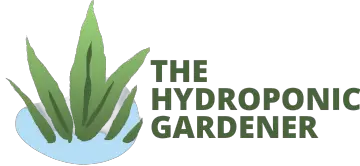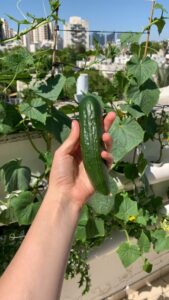Clay pebbles, or hydroton as often called, are quickly becoming the go-to media of choice for hydroponic growers. Although they’ve been around since 1994, when German entrepreneurs developed them as part of a reusable growing medium for commercial horticulture operations, their popularity has recently surged.
Keep reading if you’re considering using clay pebbles to help your plants reach their full potential! In this blog post, we will discuss the pros and cons of using clay pebbles as an alternative to other traditional grow media and explain why so many people have become passionate advocates of clay pebble gardening.

Image credit:pixabay.com
What Are Clay Pebbles?
Clay pebbles, also known as hydroton or grow rocks, are a popular substrate used by gardeners and aquarists to support the growth of plants. They are small round pieces of clay fired in a kiln until they become hard and porous.
Clay pebbles can hold two to three times their weight in water and retain enough air pockets for oxygen to be absorbed by roots. This makes them an ideal choice for hydroponic systems, where they help regulate nutrient uptake and aeration while protecting overwatering.
Clay pebbles provide many benefits to both plants and gardeners. Firstly, they promote good drainage by allowing excess water to drain away from plant roots without depriving them of oxygen or nutrients. This allows plants to thrive with less risk of root rot or other diseases caused by standing water. The round shape of clay pebbles also provides better aeration than most traditional soils, which helps increase the amount of oxygen available for root respiration.
In addition, clay pebbles allow better control over the pH balance of the soil medium when compared to regular sand or soil-based substrates. This is because clay particles tend to bind with minerals in the soil more tightly than sand or other materials, resulting in more stable pH levels over time. Clay pebbles can also improve overall soil structure, making it more conducive to healthy root development and encouraging more efficient nutrient intake and plant utilization.
Clay pebbles are also great for indoor gardening projects due to their minimal maintenance requirements; you need fresh water every few days, and you’re done! These little rocks come in various colors, such as reds, browns, and even blues so that you can add an extra bit of aesthetic beauty along with their functional capabilities!
Can You Grow Plants In Clay Pebbles?
Clay pebbles are small, round clay formed into pellets and used as a medium for hydroponic gardening. They offer several benefits to gardeners who wish to cultivate healthy, thriving plants without using soil.
Clay pebbles provide excellent aeration to plant roots, which helps promote healthy growth. The tiny particles allow water and oxygen to flow freely from the surface down toward the roots, creating an ideal environment for the uptake of essential nutrients and support for overall growth. Additionally, these pebbles can regulate temperature, helping keep your plants cool even in warm climates. Because clay pebbles do not retain water as the soil does, they help prevent root rot by allowing excess moisture to drain quickly away from your plants’ root system.
Another great benefit of using clay pebbles is their lightweight nature, making it easier to move around and reposition your plants when needed. Furthermore, they are highly absorbent to nutrient solutions and can absorb additional moisture, which then slowly releases back into the environment; this helps maintain optimal humidity levels within your indoor garden space. Finally, because they come in a wide range of colors and sizes, you can customize your setup with unique combinations that look aesthetically pleasing too!
How To Use Clay Pebbles For Plants?
Before you get started with your clay pebbles, it’s important to rinse them thoroughly to remove any dust and debris that can contaminate the system. This will also help create a clean growing environment for your plants. Once rinsed, you can set up your hydroponic system by combining the clay pebbles with other grow media such as compost or coco coir. This combination of materials will form a sturdy support structure and provide plenty of drainages and air circulation.
Clay pebbles are especially beneficial when promoting healthy root growth in plants. The porous nature of clay makes it easier for plant roots to penetrate the material, creating an environment conducive to strong and healthy roots. As well as being great for root development, clay pebbles are also incredibly effective at retaining moisture which is essential for growing vegetables, fruits, and herbs from home.
If you’re looking for a cost-effective solution that provides excellent aeration and drainage without taking up too much space, then look no further than clay pebbles! They’re easy to install into any existing hydroponic system and will ensure your plants have all the conditions to thrive. With their superior moisture retention capabilities, clay pebbles quickly become one of the most popular choices when setting up aquaponics systems at home.
It’s also worth considering how easy they are to work with as they require minimal maintenance compared to other growing media like Rockwool or perlite. This makes them an ideal choice if you don’t have time on your hands or don’t have access to specialized equipment like pH meters or EC sensors needed for more complex systems using alternative grow media types such as expanded vermiculite or horticultural rock wool cubes.

Image credit:pixabay.com
What Do Clay Pebbles Do For Plants?
Clay pebbles are formed from baked clay and come in different sizes, shapes, and colors. They are pH neutral, meaning they won’t alter the pH level of the nutrient solution they are placed in. This is important because an incorrect pH balance can severely damage your plants if not corrected quickly. Furthermore, clay pebbles provide superior aeration and drainage compared to other substrates like soil or Rockwool cubes. This helps prevent root rot and improve overall plant health and growth rate.
Clay pebbles can be used in any hydroponic system, but they work particularly well with ebb-and-flow and marine culture systems due to their lightweight nature. To use them, you fill a container with just enough water to cover the bottom two layers of pebbles, then add your plants. Since these clay particles are quite small, they will take up nutrients from the solution as your plant’s roots need, providing an ideal amount of nutrition throughout its life cycle.
The best part about using clay pebbles as your substrate is their durability; once established, you only need to monitor your pH levels periodically, which is fairly easy for most growers since there isn’t much maintenance involved with this setup. With this low-maintenance approach, you can enjoy lush growth for many years with little effort for yourself or your plants!
FAQs
Clay pebbles are an increasingly popular medium for hydroponics gardening due to their many benefits. Clay pebbles provide excellent aeration and drainage, which is instrumental in keeping the delicate root systems of plants strong and healthy.
These small stones also hold moisture well, so they can help optimize the water-sharing balance between the roots and the water around them in a hydroponics system. Finally, these stones have a neutral pH, which allows gardeners to add nutrients without worrying about changing soil acidity levels. Thus, clay pebbles are an ideal material choice for any hydroponics project.

Image credit:pixabay.com
Conclusion: Are Clay Pebbles Good For Plants?
So, are clay pebbles good for plants? The verdict is still out on this one. Though there isn’t a conclusive body of evidence, clay pebbles can benefit your plants when used correctly and in the right setup.
Clay pebbles are lightweight and easy to install into any existing hydroponic system. They have superior moisture retention capabilities compared to other substrates and provide superior aeration and drainage. They are pH neutral, which is important for maintaining the correct acidity levels in your nutrient solution.
As with anything new you try in your garden, pay close attention to how your plants react and make adjustments as needed. Have you had success using clay pebbles with your plants? Let us know in the comments below!





